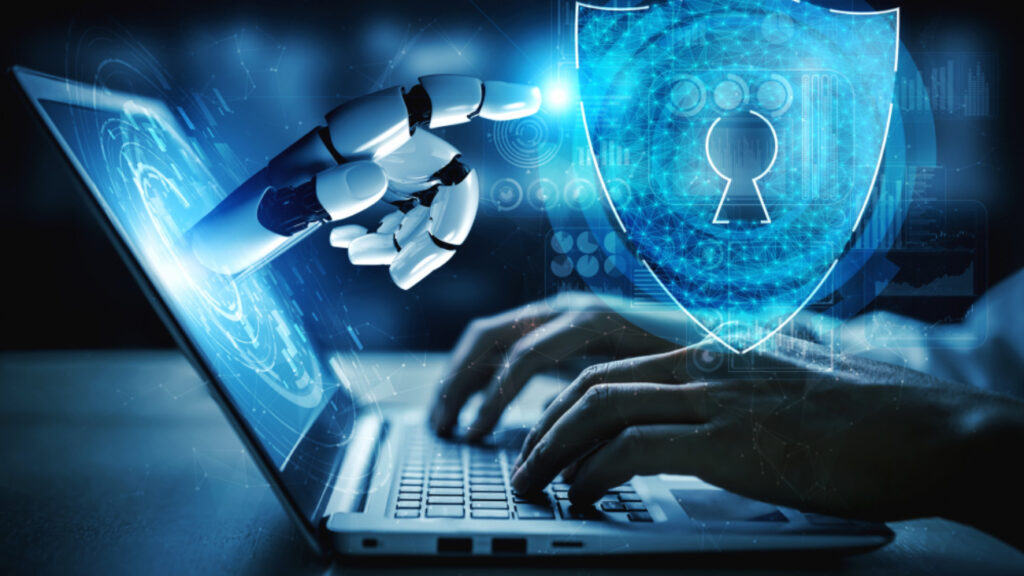Before delving into the details of how digital identity is the new secure parameter, we must first understand what digital identity is.
Every computer, application and smartphone in the modern digital world has a distinct identity of its own. Now, computers and applications can identify with whom they are associating by using unique information that is part of your digital identity.
A driver’s licence or some other form of official identification may be a certificate that proves your identity in person. However, in order to verify your identification in today’s modern digital world without the assistance of a human. There must be an amalgamation of information and traits or behaviours that, taken together, helps to identify your real identity. Some examples of these qualities are the following.
- Username
- Password
- Device IMEI number
- Network
- Online activities
- Email address
- Facial or fingerprint scan
- Purchasing history
- IP address
- Operating system
- Date of birth
More Digital activity tends to make your digital identity more complex
The epidemic has intensified a craze that has seen a sharp increase in people’s use of internet services. People started using digital services in many aspects of their life as they began to do things online, including banking, health visits, tax payments, reading news, and attending classes. With this, the complexity of digital identity increases as digital activity increases.
No need to remember the password of your digital account
Customers demand the security of their personal information, but how is one person meant to remember all their different passwords for their various online accounts?
According to Bahaa Abdul Hadi, 65% of participants said they do not remember their password, and 57% said they fail to think of their password as soon as they make changes to it.
The answer to this problem is to stop using passwords entirely. A user can access an internet account without entering a password by using no password authentication. Alternatively, the responsibility for digital authentication is given to endpoints, i.e., computer devices or laptops, where the consumer may perform some “biometric” identification using a facial or fingerprint scan.
Digital identity as the new parameter
Along with the development of digital commerce, there has been a considerable expansion in the usage of cloud software and online services, as well as in the digital workforce.
The conventional security system has collapsed, and the boundaries have vanished due to it.
Digital identification, commonly referred to as the identity perimeter is now the foundation for secure access.
Thank you for your interest in Bahaa Abdul Hadi blogs. For more information, please stay tuned to www.bahaaabdulhadi.com







